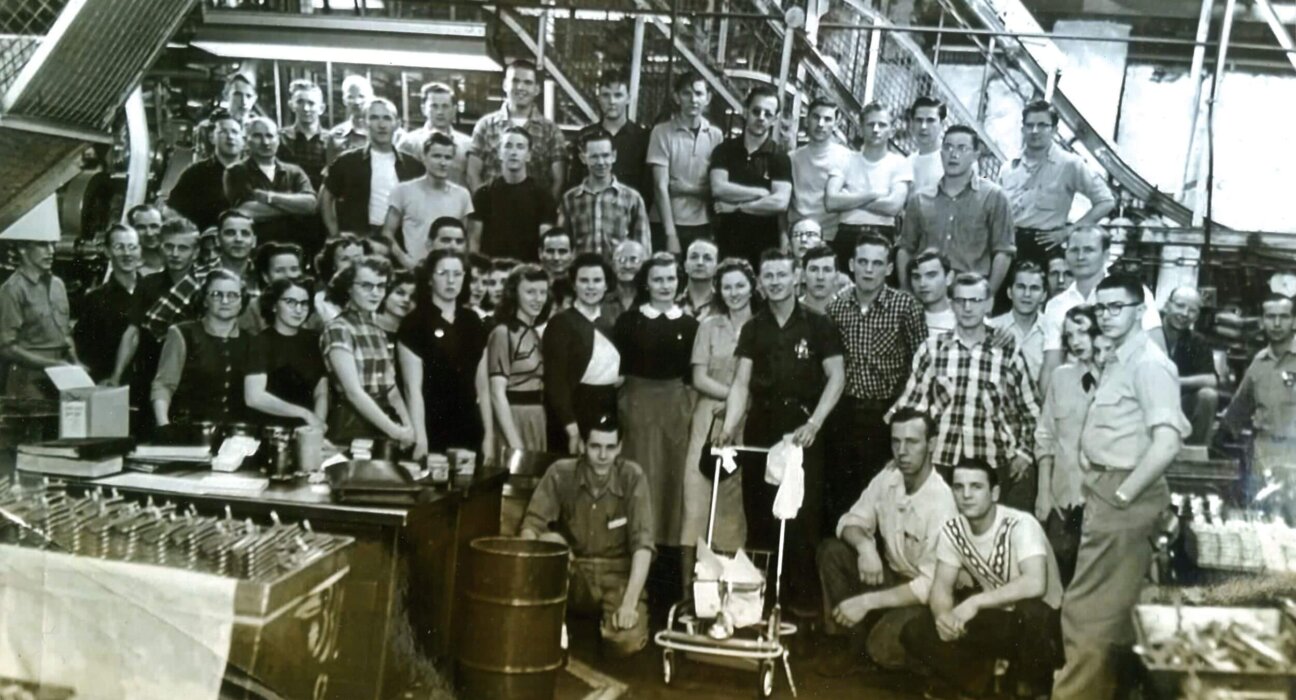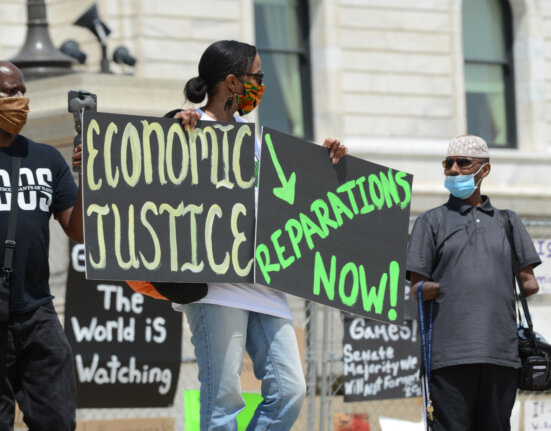Hillbilly Highway: The Transappalachian Migration and the Making of a White Working Class explores one of the most significant and under-examined migrations in American history: the vast movement of poor and working-class white southerners between the economically ravaged South and the towns and cities of the industrial Midwest. Author Max Fraser recovers the long-overlooked significance of the “hillbilly highway” in the US, with implications for labor history as well as US history broadly.
How did you arrive at this project, and what was the motivation behind Hillbilly Highway?
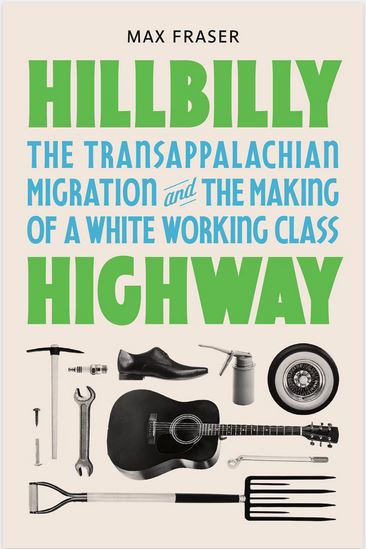
The specific origins of Hillbilly Highway go back to an article I wrote for Dissent magazine about a dozen years ago, just after my first year of grad school. I was traveling through the Midwest and the South, reporting on working-class life in the aftermath of the Great Recession. Muncie, Indiana was one of my stops—because, of course, every journalistic reflection on the state of America must pass through “Middletown” at some point or another—and while I was there I was struck by how many people I spoke to on the white working-class side of town traced their personal or familial backgrounds to places in the South. Everybody kept telling me about the “hillbilly highway”—which I vaguely associated with an old Steve Earle song I knew, but beyond that had not heard much about. The more I learned about the extraordinarily dense, multigenerational migratory circuits which connected Muncie’s once heavily-industrial southside to various rural hamlets and old mining towns scattered throughout the Appalachian foothills of East Tennessee, the more I wanted to know. So I finished that article and started working on what would become this book—although in truth it would take another couple years of graduate school before I fully realized that was what I was doing.
As for motivations: a central preoccupation of my work as a labor historian has been trying to understand the complex origins of various strains of white working-class conservatism, especially during the postwar period. As I began doing the archival and oral-historical work that make up the backbone of Hillbilly Highway, it very quickly became clear to me that this massive demographic event offered critical new insights into the identity, experience, and attitudes of a rather large segment of the white working class of the Upper South and industrial Midwest, and one whose story had really only barely been told in the existing literature. And so in writing Hillbilly Highway, I wanted to flesh out that story, give it human scale and historical dimension—and also, to highlight the ways a fuller accounting of this decades-long migration changes the way we think about the dynamics behind the rightward shift of working-class whites in the industrial heartland over the last fifty years.
Your book emphasizes the need to understand Transappalachia as a distinct, dynamic cultural space. Can you explain what Transappalachia is, how you understand its networks and boundaries, and the significance of this spatial framework to your work?
I use the term Transappalachia in a fashion similar to how a term like the Sunbelt is used, to describe a geographic area that is more a conceptual region than a formal political one. Unlike the Sunbelt, though, Transappalachia is a region brought into being historically not by the movement of capital but of labor—specifically, the millions of poor and working-class whites who moved between the rural South and the industrial Midwest over the first two-thirds of the twentieth century. Broadly speaking, the boundaries of Transappalachia span roughly from the Mississippi River in the west to the Carolina Piedmont in the east, and extend north to encompass the major manufacturing hubs and urban centers that surrounded the Great Lakes. But even these boundaries were highly permeable, of course; more suggestive of the general contours of the migration than anything else.
A core argument I make in the book is that something which set migrants along the hillbilly highway apart from other groups of white working people during the mid-twentieth century was the way the complex networks created by their movements between the Upper South and the Midwest gave their working, communal, and cultural lives a fundamentally “transregional” character. The hillbilly highway always moved in two directions—much more so for white southerners than for black southerners during these years, for obvious reasons—and as Transappalachian migrants and their families cycled back and forth between rural lifestyles and places of origin in the South, and the more urban industrial settings and communities where they sought employment in the North, their attitudes, behaviors, and worldviews in various ways came to reflect this unique, regionally-blended existence. Most of all, then, Transappalachia is the geographic terrain across which that very specific intertwined experience of race, class, and cultural identity played out.
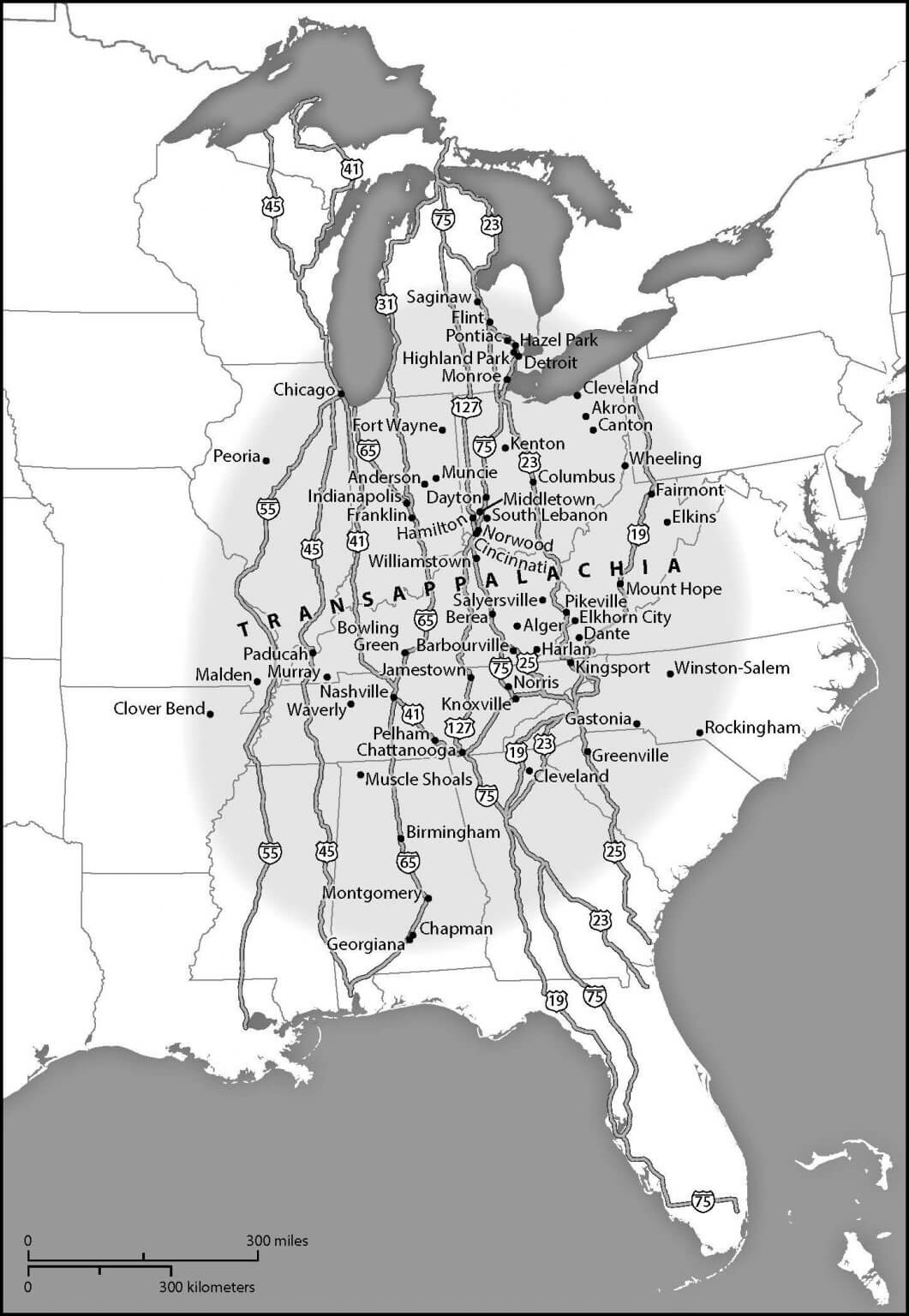
You mostly focus on the cultural and community spaces that emerged from the networks of the hillbilly highway, but within this broader framing the industrial workplace seems central as well. For labor historians, why is it important to understand the role of Transappalachian migrants in workplace struggles?
Most fundamentally, I’m trying to correct the dominant narrative about the place of southern whites in the Midwestern labor movement of the mid-twentieth century, which has largely described them as anti-union holdouts too-blinded by their all-consuming race hatreds, or their Bible-thumping traditionalism, or simply their provincial backgrounds to join up with the great factory uprisings of these decades. As I try to demonstrate at some length in discussions of places as varied and in many ways unalike during these years as Muncie, Akron, or Detroit, their actual record of participation in the establishment and growth of the modern industrial labor movement completely confounds this rather widespread mischaracterization in the historiography.
And in allowing this mischaracterization to stand largely uncorrected, even some of our best historical accounts of the period, I would argue, are ultimately incomplete. If this substantial population of poor white southerners was in fact more likely to be sit-downers than scabs, what motivated them to so buck the expectations of not only their bosses but many of their co-workers—not to mention the trade unionists and left-wing radicals who often viewed these “hillbillies” as little more than a demoralized and dangerous lumpenproletariat? What did this regionally-distinctive, displaced rural working class bring to the complex shop-floor and movement culture of the early CIO? Hillbilly Highway tries to fill in some of these gaps—and in doing so, to push back against some of the lazier arguments that have been made about why the labor movement has struggled to make inroads, both historically as well as in our present moment, among this particular category of the white working class.
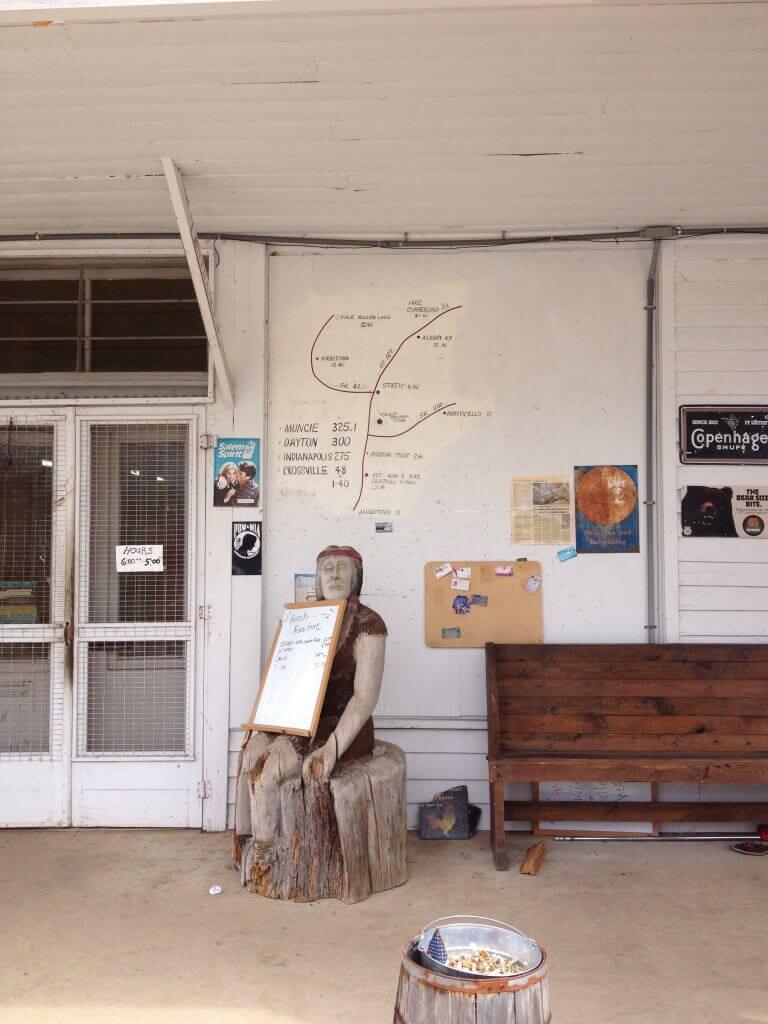
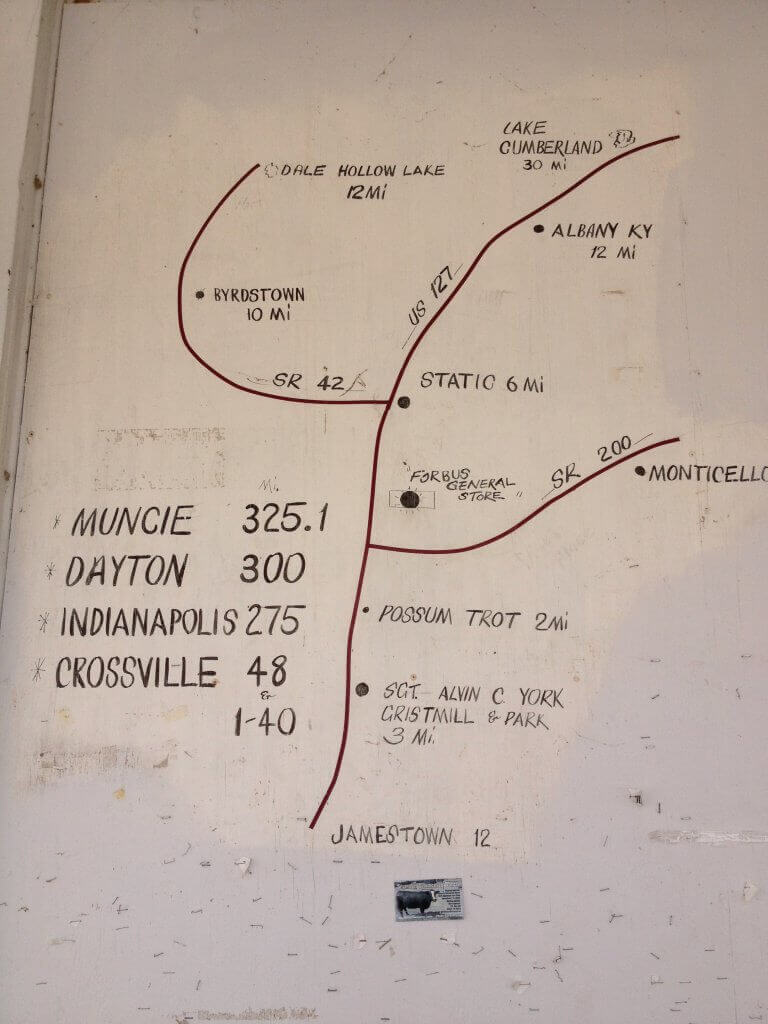
How does the role of Transappalachian migrants complicate our understanding of the role or character of racial conflict in labor history?
There is this rather flat, standardized portrayal of the working-class white southerner as a sower of racial discord in the factories and neighborhoods of the urban North, which Hillbilly Highway tries to trouble in a variety of ways. To be clear, I am not arguing that Transappalachian migrants were any less likely during these years to embrace ideas of racial difference and hierarchy than other group of white Americans, working-class or otherwise. But neither were they any more likely to do so—despite the fact that contemporaries, both within the labor movement and outside of it, often held them up as convenient scapegoats upon whom to lay the blame for instances of racial conflict which actually had much wider and deeper roots in the urban social orders that Transappalachian migrants came to move within in the industrial Midwest.
Take the 1943 Detroit race riot, for example. In the immediate aftermath, city officials were quick to attribute the riot’s cause to the wartime influx of job-seeking southern migrants—to “ignorant Negroes and southern whites,” in the words of Detroit’s mayor at the time, Edward Jeffries. There was even some brief talk of imposing a ban on all future migration from the South (although the labor needs of local employers, not to mention the constitutional issues such a ban would raise, quickly mooted that idea). Given the size of Detroit’s southern migrant population at the time, it’s a completely implausible explanation for the unrest that convulsed the city for two days and left thirty-four people dead; and indeed, later analyses would make clear that it was in fact more established Detroit residents who were responsible for the majority of the violence. But for a variety of political reasons, it was more immediately appealing to place the blame for the riot on this easily stereotyped population of migrant newcomers.
So in this way, my work pushes back against one familiar “Southernization” narrative that emerged during these critical years and which has continued to inform the way a lot of recent labor and political history has been written. At the same time, I also think it is important to understand the regionally-specific circumstances and experiences which so frequently made economically and culturally marginal Transappalachian migrants appear as outsiders in the workplaces, union halls, and civic institutions of the urban North—which made them, as I write in the book, a perennial “working-class other” in the heart of the New Deal political order. The subtitle of Hillbilly Highway uses the indefinite article—“a white working class,” not “the white working class”—very intentionally in this way. The useful fiction that white southerners were the “rotten apples” of American race relations, as Gunnar Myrdal famously put it at the time—spreading the contamination of race prejudice wherever they went—actually revealed a lot about the cultural and class biases baked into midcentury liberalism, which would become increasingly acute in subsequent decades as this particular subset of the working-class remained such a problematically unassimilable population group for the American labor movement, for the Democratic Party, and for the Left more broadly.
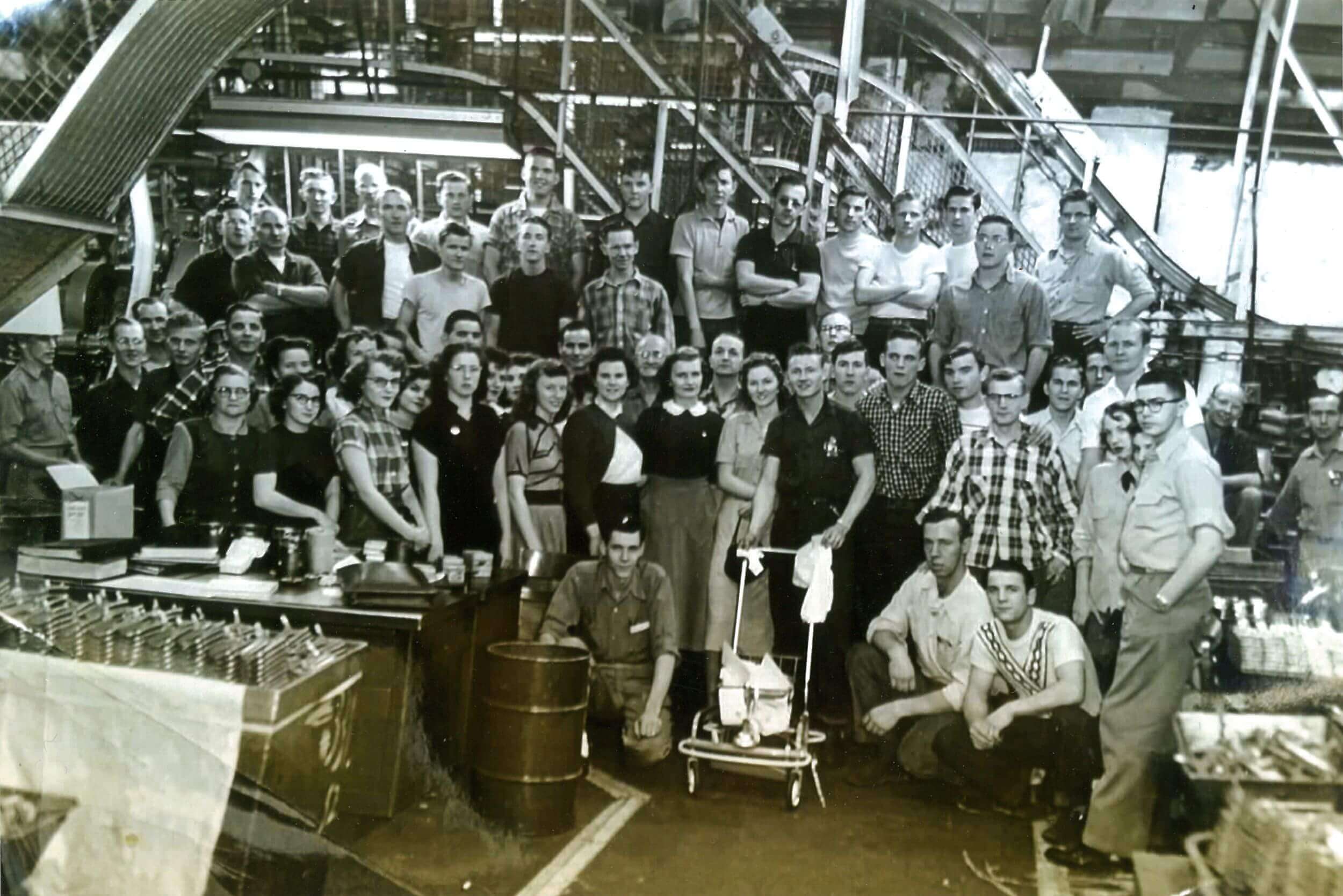
Country music plays a fascinating role in this book, reflecting cultural and political shifts but also taking on a political force of its own. Hank Williams in particular looms large in the last chapter—can you explain his significance to the story you tell?
Country music’s movement from the margins to the mainstream of American popular culture is one of the great legacies of the hillbilly highway. And in all sorts of ways, the story of that major cultural transformation intersects with the career of Hank Williams. I mean, Williams quite literally died on the hillbilly highway: from a drugs-and-alcohol induced heart attack suffered in the backseat of a Cadillac, while being driven from Alabama to Canton, Ohio to play a New Year’s Day concert in 1953. Hank Williams may or may not be the “gravitational center” of postwar country music, as the critic Tom Piazza once called him. But he is surely the most famous fatality in the history of the hillbilly highway.
Williams was also the first country singer to experience significant crossover success with urban middle class audiences, and so played a critical role in facilitating country’s expansion beyond its origins as a vernacular music of the working classes of the rural South (when he died, even the New York City papers eulogized him as the “Hillbilly Shakespeare”). At the same time, Williams’ extraordinary popularity came at precisely the same moment that growing communities of impoverished “hillbilly” migrants were coming to be seen as a major problem in the postwar inner-city—a puzzle which gets right at the heart of some of Hillbilly Highway’s larger arguments about the contingencies of class and the contradictions of whiteness during the heyday of the affluent society. And it’s not beside the point that the stylistic innovations Hank Williams largely was responsible for introducing would go a long way towards steering country music in a newly conservative direction during the postwar decades, one which increasingly married bathetic nostalgia with a reactionary form of race politics that would ultimately negate the genre’s earlier resonance as critical, working-class music of everyday life.
Hank Williams is tied up in all of this! So I guess Piazza was right—Williams really is the sun around which everything orbits.
In your introduction you mention J.D. Vance, whose poor-shaming novel Hillbilly Elegy catapulted him to national prominence—he’s now a Republican senator. Discourse around white working-class conservatism, past and present, looms large later in the book as well. What is the urgency of understanding the history of the Hillbilly Highway in our current political moment?

I always feel compelled to say that I started writing this book before any of us had ever heard of J.D. Vance—and, for that matter, back when Donald Trump was not yet even a longshot candidate for the Republican presidential nomination. So Hillbilly Highway is neither a retort to Hillbilly Elegy; nor is yet another take on the “left-behinds” of “Trump’s America”—although it does try to shed some light on why Trump, Vance, and other right-wing populists of their ilk have had so much recent success mobilizing the grievances and resentments that have taken root in white working-class communities across the Upper South and Midwest.
I don’t think it’s really possible to fully grasp the political attitudes and behaviors of this portion of the American working class without taking into account the history of the hillbilly highway—specifically, the way that foundational and enduring experiences of dispossession, displacement, and marginalization shaped a distinctive cultural geography of working-class whiteness long before the onset of deindustrialization or the culture wars. And I don’t think it’s possible to overstate the urgency of fully grasping this history in our current moment. So much of what might be possible with a rejuvenated labor-left political movement—from the success of the UAW’s recently announced (and long-overdue) plan to organize non-union plants in the Southeast and elsewhere, to whatever hope there is of forestalling a Trumpist restoration in next year’s elections—hinges, inexorably, on figuring out a way to win back the white working classes of the industrial heartland from the forces of reaction. There’s no path to that future, I don’t think, that doesn’t lie along the footprint of the hillbilly highway.

